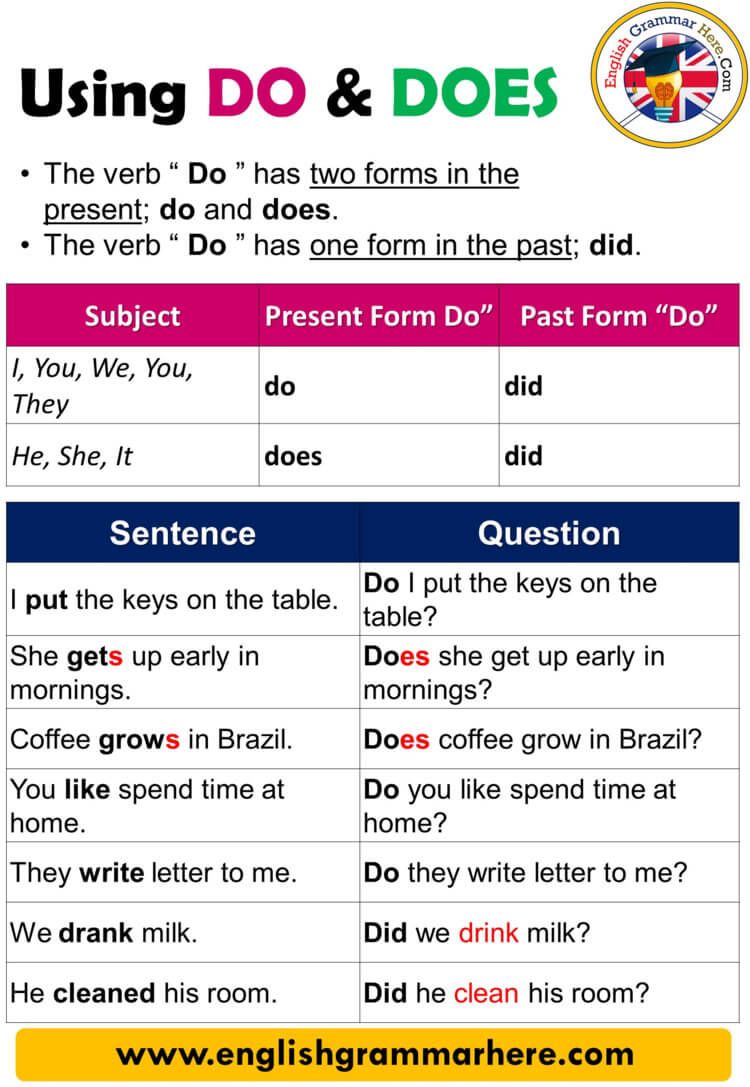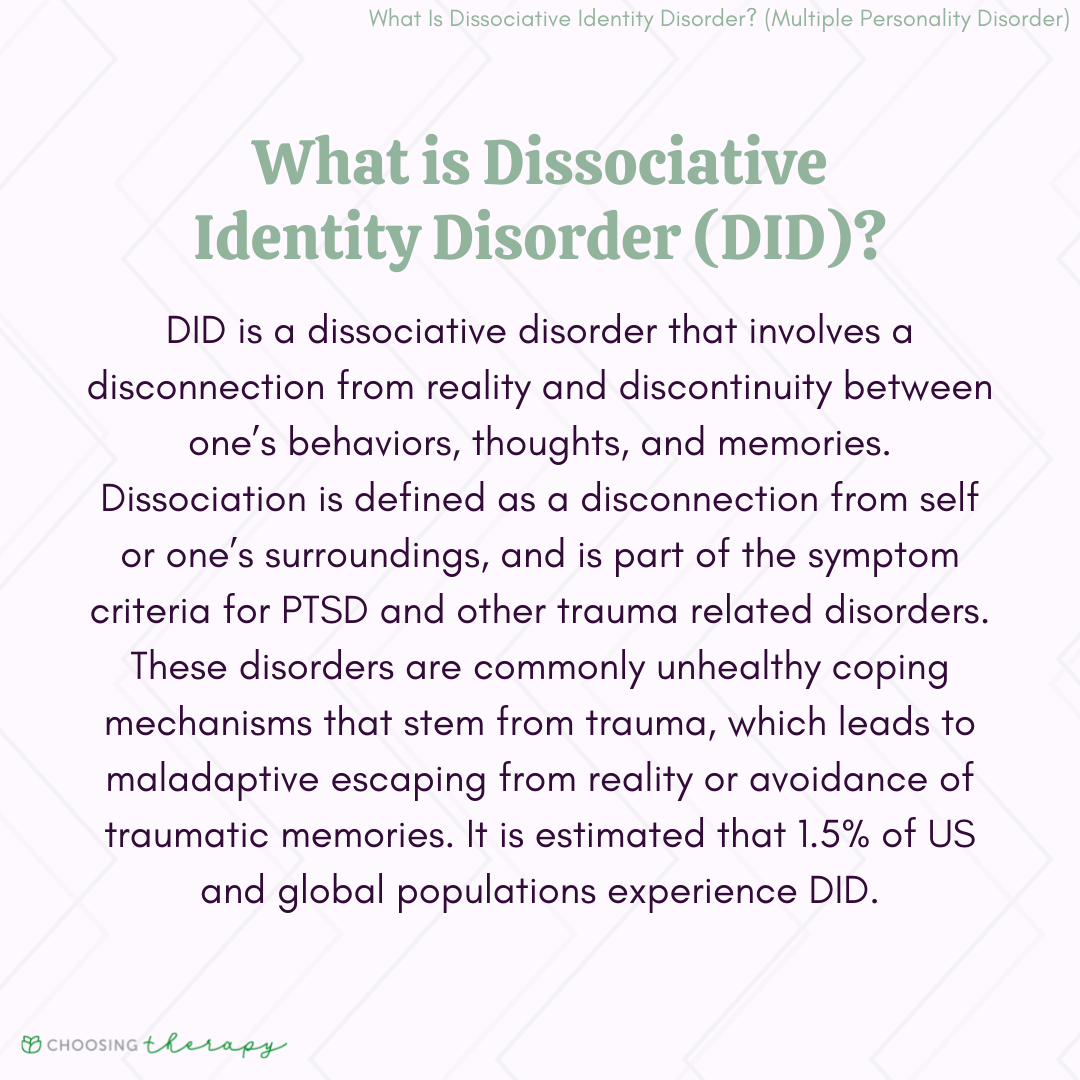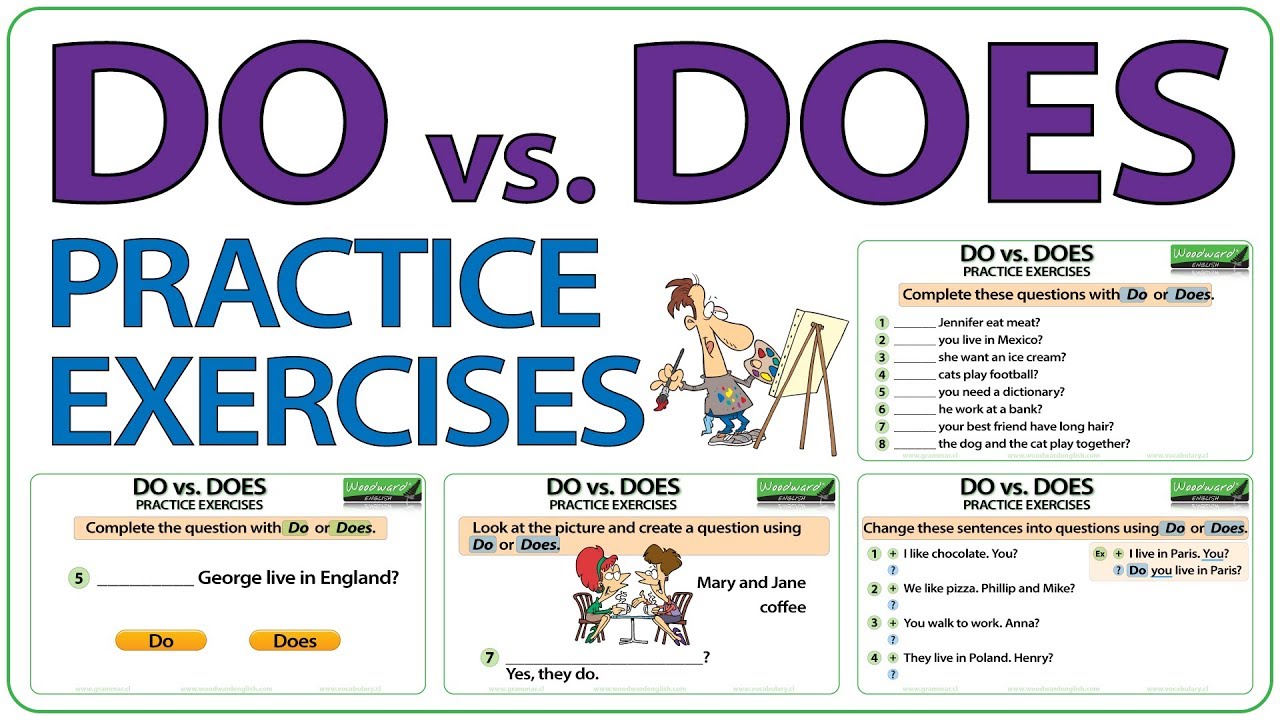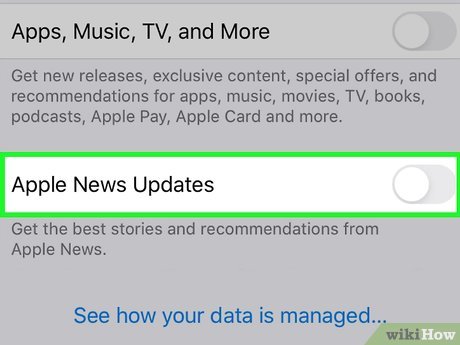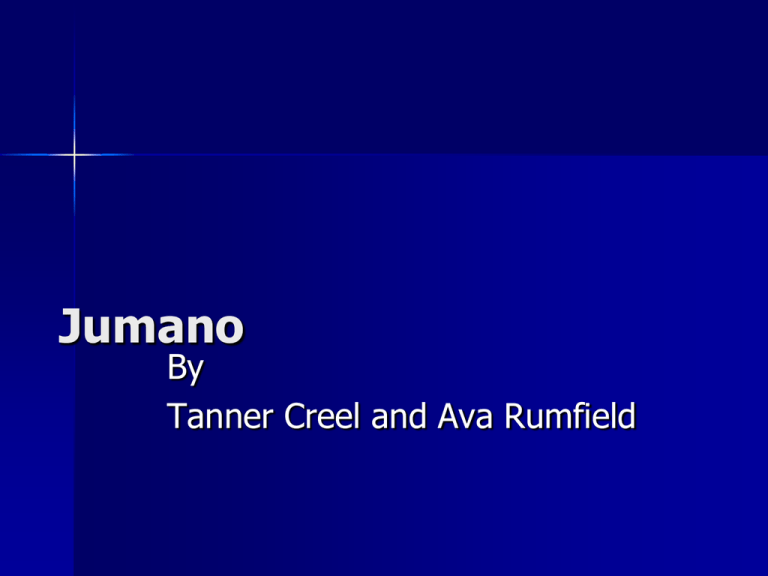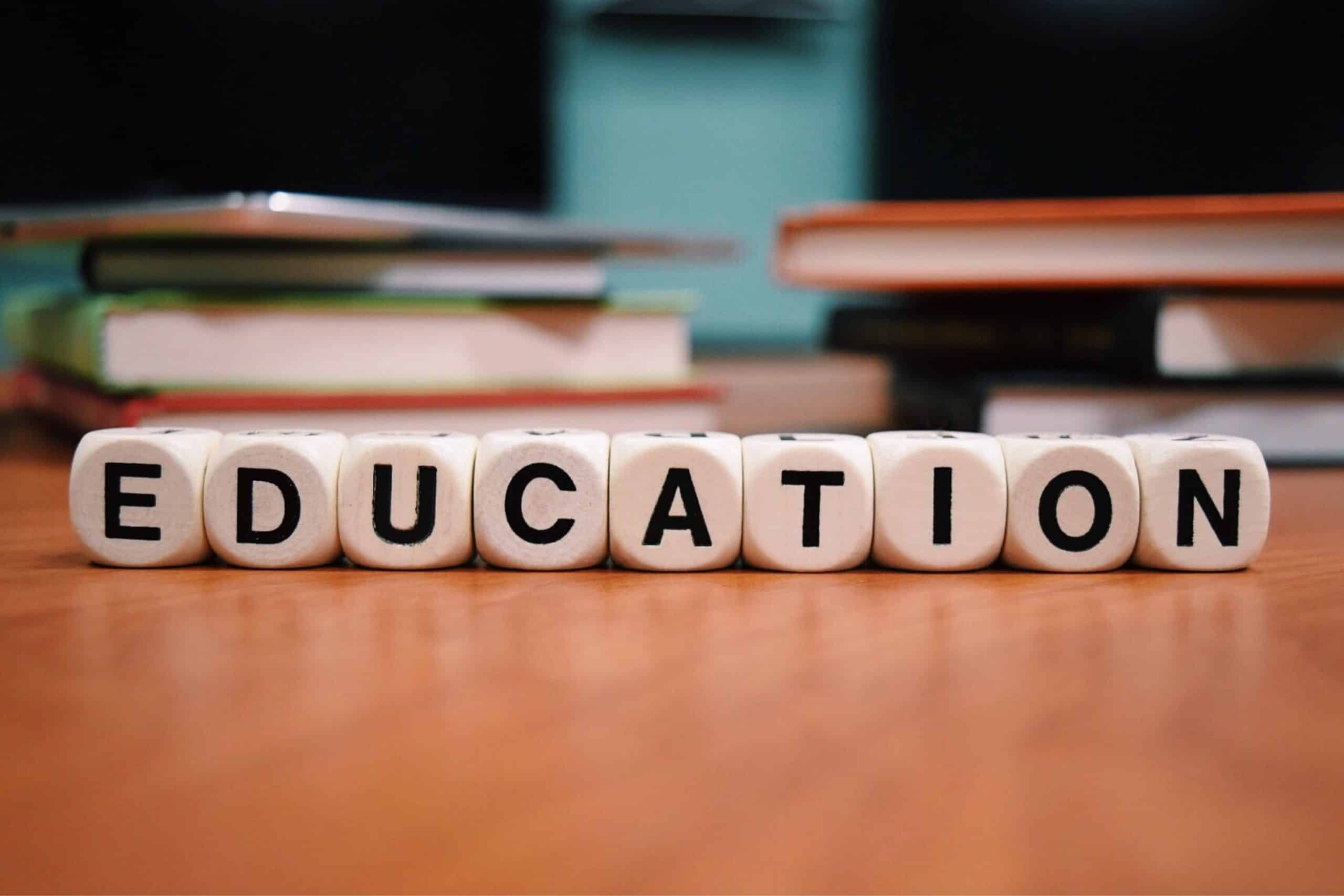Learning Sign Language: Timeframe and Difficulty Explained
Understand sign language learning: timeframes and challenges
Sign language represent a unique form of communication that bridges gaps between hearing and deaf communities. Many people wonder about the time investment require and difficulty level when approach this visual language. This comprehensive guide address these questions while provide practical insights for prospective learners.
How recollective does it take to learn sign language?
The time require learning sign language vary importantly base on several factors, but understand general timeframes can help set realistic expectations.
Learn stages and timeframes
Sign language acquisition typically follow these progression stages:
- Basic communication (2 3 months ) with consistent practice of 30 60 minutes eevery day most learners can master 250 500 signs and handle simple conversations within 2 3 months.
- Conversational fluency (6 12 months ) reach comfortable conversational ability typically require 6 12 months of regular practice and immersion.
- Advanced proficiency (2 3 years ) develop nuanced expression, understand cultural contexts, and gain speed and accuracy broadly take 2 3 years of dedicated study.
- Native like fluency (3 5 + years ) achieve near native fluency, include understand regional variations and idioms, require 3 5 + years of immersion and practice.
Factors affect learning speed
Several variables influence how rapidly someone can learn sign language:
Learning environment
Immersive environments dramatically accelerate learning. Regular interaction with native signers can reduce learn time by 30 50 % compare to classroom only instruction. Those with deaf family members or who work in deaf community settings oftentimes progress often fasting due to constant exposure and practical necessity.
Learn intensity
Practice frequency matter more than session length. Daily practice of 20 30 minutes prove more effective than weekly multi hour sessions. Research suggest that retention improve by roughly 25 % when spread practice across multiple short sessions quite than fewer long ones.
Prior language experience
Previous experience with other sign languages or yet strong visual spatial skills can accelerate learning by 15 20 %. Interestingly, musicians and dancers frequently show faster progress due to their develop spatial awareness and movement coordination.
Learning resources
Access to quality resources importantly impact learn efficiency. Students with professional instruction progress roughly 40 % fasting than self-teach learners, though technology has narrowed this gap with interactive apps and video resources.
Is sign language hard to learn?
The question of difficulty depends mostly on individual factors and perspective. Sign language present unique challenges and advantages compare to speak languages.
Unique challenges of sign language
Visual spatial processing
Unlike speak languages that rely principally on auditory processing, sign languages demand strong visual spatial skills. This requires develop a different type of language processing that may feel unfamiliar to beginners. The brain must learn to process information inthree-dimensionall space quite than linearly as with most speak languages.
Physical coordination
Sign language require precise hand movements, facial expressions, and body positioning. This physical aspect present a learning curve for many beginners. Some signs differ sole by subtle hand position changes or movement directions, require careful attention to detail.
Non-linear grammar
American sign language (aASL)and many other sign languages use grammar structures that differ importantly from enEnglishFor example, asASLypically follow a time topic comment structure instead than the subject verb object pattern of enEnglishThis grammatical shift require adjust establish language patterns.
Facial grammar
Facial expressions in sign language aren’t precisely emotional indicators — they’re grammatical components. Eyebrow position, eye gaze, mouth movements, and head tilts all convey specific linguistic information. Learn to incorporate these elements course take practice.
Advantages that make learn easier
Despite these challenges, sign language offer several advantages that can make learn more accessible:
Iconic signs
Many signs visually represent their meaning, create logical connections that aid memory. For instance, the sign for” drink ” imics bring a cup to your mouth. Research suggest learners retain iconic signs 30 40 % moeasierhan arbitrary signs.
Immediate usability
Level with limited vocabulary, beginners can communicate basic concepts efficaciously. This immediate practical application provide motivation and reinforcement that accelerates learn.
Reduced pronunciation stress
While sign language require physical precision, learners don’t face the pronunciation challenges of speak languages. This removes a significant barrier that many language learners struggle with.
Engage learning
The physical nature of signing create stronger memory connections through muscle memory and full body engagement. Studies show that physically perform actions while learning can improve retention by up to 35 %.
Compare sign language to other language learning
How does learn sign language compare to acquire speak languages? This comparison help set appropriate expectations.
Learning curve comparison
The foreign service institute, which train u.s. diplomats, doesn’t formally rank sign languages. Withal, linguistic experts broadly place as lat a category ii difficulty level for English speakers (similar to gGermanor iIndonesian) require roughly 575 600 hours to reach professional working proficiency.
For comparison:
- Category i language (sSpanish fFrench)typically require 575 600 hours
- Category ii languages (gGerman iIndonesian)require 750 hours
- Category iv languages (jJapanese aArabic)require 2,200 hours
These places sign language in a moderate difficulty range for most learners, though individual experiences vary wide.
Different skills, different challenges
Sign language and speak language learning engage different cognitive and physical skills:
- Visual vs. Auditory processing sign language rely principally on visual processing, while speak languages depend on auditory discrimination.
- Production mechanisms sign languages use hands, face, and body positioning rather of vocal mechanisms.
- Grammar visualization sign languages express grammatical features through space and movement quite than word order or inflection.
These differences mean that individuals who struggle with traditional language learning might excel at sign language, and frailty versa.
Practical learning approaches
Base on research and expert recommendations, these strategies can optimize sign language learning:
Effective learning methods
Immersion opportunities
Immersion systematically rank as the virtually effective learning approach. Practical ways to create immersion include:
- Attend deaf community events and gatherings
- Join sign language clubs or conversation groups
- Watch videos with native signers without subtitles
- Set” sign only ” ractice periods with learn partners
Evening partial immersion for a few hours weekly can accelerate learning by 40 60 % compare to classroom only instruction.
Structured learning combine with practice
Research show the virtually effective approach combine:

Source: prosperityforamerica.org
- Formal instruction (30 % ) learn grammar rules, vocabulary, and cultural context
- Guided practice (40 % ) exercises and activities with feedback
- Free conversation (30 % ) unstructured interaction with other signers
This balanced approach address both technical accuracy and practical fluency.
Technology enhanced learning
Modern technology offer powerful tools for sign language learners:
- Video recording for self assessment and improvement
- Interactive apps with sign recognition technology
- Virtual reality environments for immersive practice
- Video chat with native signers for remote conversation practice
These tools can increase learn efficiency by 25 35 % when use systematically alongside traditional methods.
Common obstacles and solutions
Awareness of typical challenges help learners prepare effective strategies:
Handshake precision
Challenge many beginners struggle with hand configurations, peculiarly those that aren’t use in everyday gestures.

Source: craftythinking.com
Solution practice hand exercises eevery dayto build dexterity. Focus on one handshake family at a time, master relate signs before move to new configurations.
Non-manual features
Challenge incorporate appropriate facial expressions and body movements feel unnatural to many beginners.
Solution practice in front of mirrors or with video recording. Isolate practice of specific nnon-manualfeatures before combine them with manual signs.
Receptive skills lag
Challenge understand others sign frequently develop more slow than expressive skills.
Solution watch videos at various speeds, start slowly and gradually increase to natural pace. Focus on one signer initially before expose yourself to different signing styles.
Directional verbs and spatial grammar
Challenge use space grammatically to show relationships between people and objects.
Solution practice with physical objects to reinforce spatial concepts. Create visual diagrams of relationships before sign them.
Create a realistic learning plan
Base on the information supra, Hera’s how to develop a personalized timeline for sign language acquisition:
Set realistic goals
Break down learn into achievable milestones:
- 3 month goal master 300 500 signs and basic conversational phrases
- 6 month goal handle everyday conversations on familiar topics
- 1 year goal comfortable conversations with native signers ((ith occasional clarification ))
- 2 year goal express complex thoughts and understand various signing styles
Track progress through video recordings at regular intervals to observe improvement objectively.
Sustainable practice schedule
Research show consistency matter more than duration. An effective schedule might include:
- Daily practice 20 30 minutes of focus vocabulary and grammar review
- Twice-weekly 11-hourconversation practice with other learners or native signers
- Weekly 1 2 hours of formal instruction ((lass or structure online learning ))
- Monthly immersion experience with the deaf community ((vents, gatherings, etc. ))
This balanced approach require 5 7 hours hebdomadal — a manageable commitment for most learners while provide sufficient exposure for steady progress.
Resources for learning sign language
Quality resources importantly impact learn efficiency. Consider these options:
Formal instruction
- Community college courses structured curriculum with in person feedback
- Deaf community centers classes teach by native signers with cultural context
- Online certification programs comprehensive courses with professional credentials
Self study resources
- Interactive apps mDemise sisign schooland the aASLapp offer structured learning with video demonstrations
- Video dictionaries hHand speak signing savvy, and ASL dictionary provide reference materials
- YouTube channels aASLthat, bill vicars, and aMeredithoffer free instructional content
Immersion opportunities
- Language exchange platforms connect with native signers for conversation practice
- Deaf events calendars find local gatherings and cultural events
- Volunteer opportunities engage with deaf community organizations
Conclusion: is learning sign language worth the effort?
Learn sign language require dedication and practice, like any language. The 6 12 months need to reach conversational fluency represent a significant but manageable investment. While certain aspects present unique challenges — peculiarly visual spatial grammar and non-manual features — many learners find sign language more intuitive than expect due to its iconic nature and immediate usability.
The difficulty level fall into a moderate range compare to other languages, but individual experiences vary base on learn style, practice consistency, and immersion opportunities. With appropriate expectations and an effective learn approach, about motivated learners can achieve functional communication skills within months and conversational fluency within a year.
Beyond practical communication, sign language acquisition offer cognitive benefits, cultural connection, and the ability to make communication more inclusive. For most learners, these rewards far outweigh the challenges encounter along the learning journey.
MORE FROM oncecoupon.com


